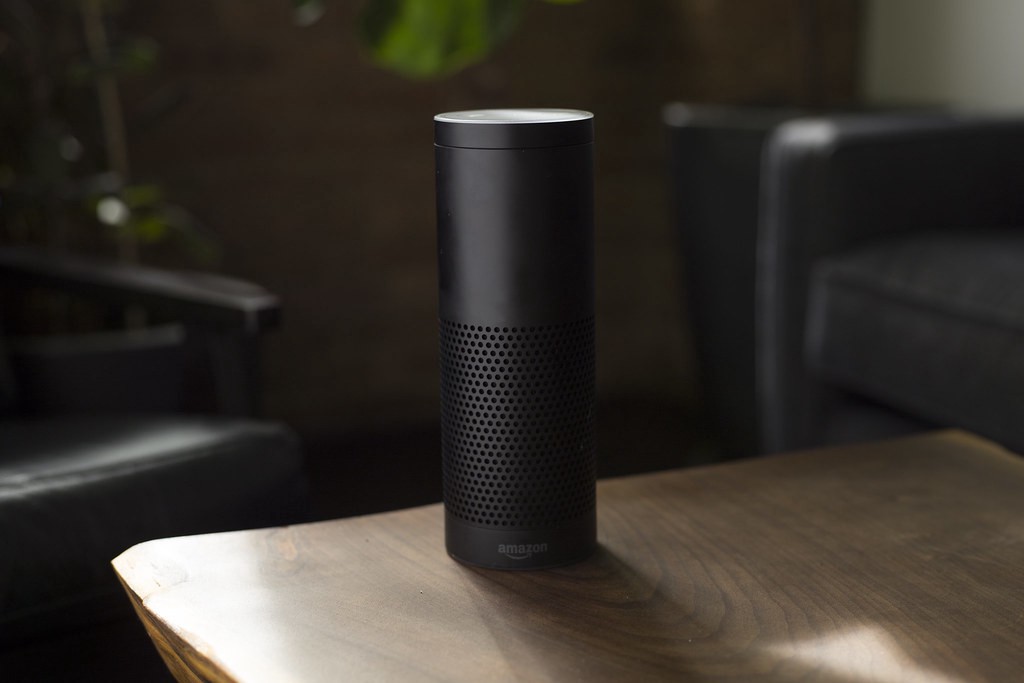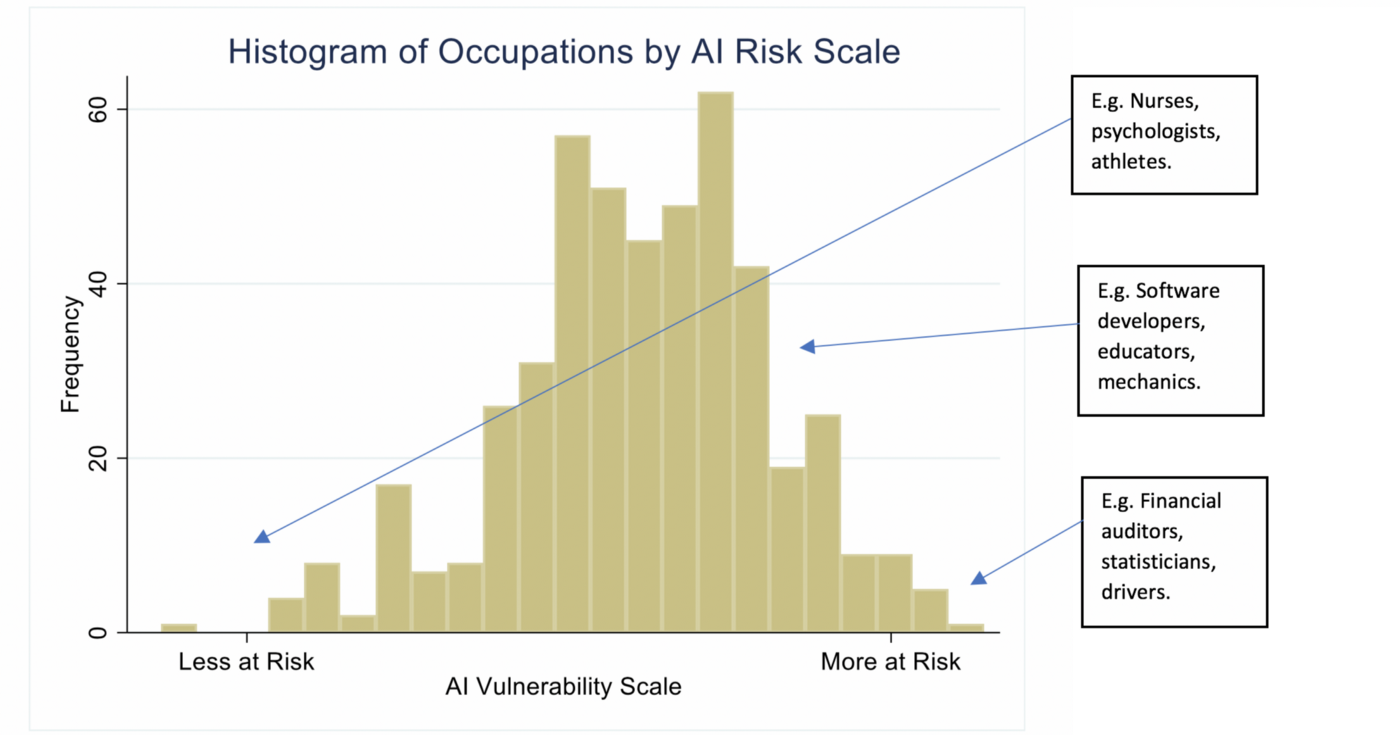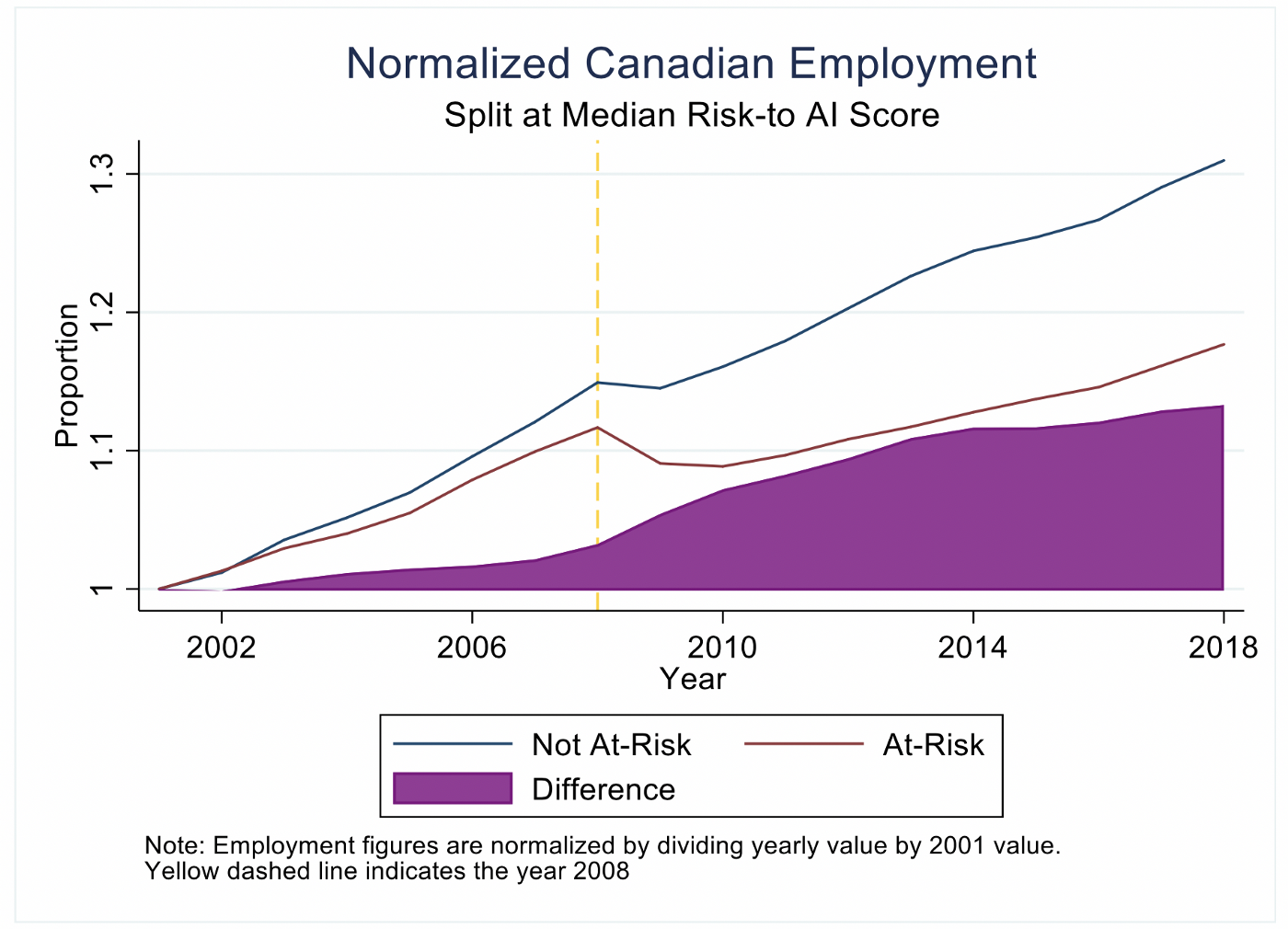Oftentimes, one of the first challenges in understanding the impact of any new technology lies with its identification. Artificial Intelligence (AI), possibly one of the most ubiquitous terms of our time, is one that can connote different meanings and intents, depending on the context. On one end of the spectrum, AI refers to an independent-thinking, complex problem-solving entity with the ability to tackle a variety of cognitive challenges. Sometimes referred to as Artificial General Intelligence (AGI) or “ strong AI,” this is a concept that brings with it questions of feasibility, ethics and morality, impact, and regulatory needs. Around the world, many computer scientists and philosophers are debating the implications of AGI, with some even expecting superintelligence to usher in “ the singularity “, or the end of human labour altogether.

(CC) from http://www.quotecatalog.com/
While debates on the ultimate potential of AI are likely to linger on for some time, “ narrow” or assistive AI is already impacting our current and future labour market. Assistive AI refers to the automation of specific tasks via technology or novel software developments. It often relies on the use of big data, coupled with predictive analytics and machine learning to develop algorithms that effectively optimize functions. Examples of this kind of AI are applications such as predictive text, Spotify’s ‘made for you’ playlists, automated scheduling reminders, smart thermostats, and many more. Different than AGI, the intelligence of this type of AI is context-dependent and limited to creating efficiencies for pre-defined challenges.
Assistive AI may not be capable of tackling original or diverse problems, but the economic impacts of developments in this space have been profound. It took roughly fifty years from Michael Faraday’s invention of the electric dynamo in 1831 (enabling power generation) to Edison’s invention of the incandescent bulb. Another 50 years passed until half of US households had electrical wiring in their homes, and another 25 years transpired before the consumer electrics proliferation of the 1950s. Recently, we have seen exponential growth in connectivity, data generation, computational power and software sophistication. Under these conditions, assistive AI has been developing solutions to every-day challenges and boosting our productivity as humans. Generating assistive or complementary capabilities across verticals is changing the nature and skill needs of many occupations along the way.
In the near-term, experts appear to believe that “assistive AI” will have the most substantial impact on repetitive or basic tasks by automating certain functions — that is, it will complement or change many occupations, rather than replacing them. Take the taxi diver for example, who with the use of GoogleMaps’ adaptive traffic monitoring system, can recalculate routes in real time and produce the most time-effective trip for the passenger. Assistive AI like this has been driving productivity growth for over a decade. It does so by effectively “eating up” previously labour-intensive tasks within an occupation.
Using insights from experts in the field, ICTC has devised a bottom-up method of rating occupations by their potential to by impacted by assistive AI. Skillsets are assigned a value representing their level of vulnerability. This value is then scaled by the importance of the skill in a given occupation, and aggregated to highlight which occupations may be most impacted by this technology.

ICTC 2019
Many of the occupations with above-average risk-scores like information management professionals are growing slower than the overall economy, and the majority of these were slower to recover from the 2008 recession. This effect appears even more pronounced among the most “at-risk” occupations. Here, the top 10% most at-risk occupations have essentially plateaued in employment since the global financial crisis and recession in 2008.

ICTC 2019
Following the 2008 recession, businesses sought new opportunities to restructure themselves, and in some cases did not rehire. Over the last decade, assistive AI has been seen by many businesses across sectors as a method to save time, cost, and to boost productivity.
In this analysis, the most at- risk were occupations were found to be almost exclusively administrative and organizational, focusing on data processing (information management, records management), or tied to inspecting and categorizing information (product inspectors, statistical officers, transcriptionists, etc.). Perhaps contrary to popular belief, it is not only the so-called “low skill” occupations that will be impacted by assistive AI. In fact, some occupations, such as records management professionals, or statistical officers have traditionally been categorized as “high skill”.
Assistive AI’s impact on the financial sector: auditors and accountants
One example of a high-skilled occupation likely to be impacted by assistive AI is auditors and/or accountants. These workers analyze and organize the accounting and financial records of individuals and companies, often requiring a mix of technical proficiency, information processing, and in some cases, creative problem solving. However, some components of this occupation will be impacted by assistive AI. Many of these types of assistive AI already exist, with examples like MindBridge AI, focusing on the “heavy lifting” aspects of auditing.
While it is unlikely that assistive AI will become a substitution for these roles, it can mean a change in the nature of the professions. Previously repetitive tasks related to compliance, examining ledger entries, and producing balance sheets or standardized reports can be tasked to AI. This can allow the working professional to refocus on more creativity, leadership, reasoning, human-interaction, and cognitively demanding aspects.
As one accounting professional we spoke with noted,
“Let’s say I needed to hire 6 people. [Assistive] AI wouldn’t necessarily mean that I’d hire fewer — I may still hire those 6 people, but instead of making them prepare balance sheets or audit statements, I would have them work on consulting, client management, or business development.”
Assistive AI in the healthcare sector: helping nurses offer better patient care
While some attempts have been made to create AI that can provide human traits like love or empathy, assistive AI is not currently capable of actually replacing these altogether. In the case of nurses, the often subtly tactile, interpersonal nature of the profession makes it very difficult for assistive AI to take on components of this role. At the same time, human preferences and emotions also matter: while it may be possible to devise an AI capable of inserting a needle into a child’s arm, it may not be the preference of the patient to have such a task performed by something other than a human.
However, even in nursing, assistive AI can complement some patient care activities. Significant innovations in health data collection and interlinkages, big data analytics of genomes promising novel treatments, and personalized gadgets, apps, and remote medical care are imminent. In the healthcare sector, assistive AI can provide value in administrative patient charting, or even enable automated checks for negative drug interactions or conflicting care instructions. This is something that has the potential to drastically improve the quality of care in the healthcare sector, while freeing up the time of nurses to spend on more important and interactive tasks.
“Narrow” or assistive AI is but one step in the artificial intelligence journey, reshaping business operations and shifting skill needs among various occupations. With AGI, the impacts on employment can be enormous, and its potential imminence is already bringing to the forefront questions ranging from ethics, regulation needs, to even considerations of universal basic income (UBI). Many are grappling with these potential challenges in an effort to examine and predict how they will change our world.
In the meantime, “narrow” or assistive AI is already doing so, even if subtly. It is estimated that nearly 40 million Americans already own a smart speaker, the likes of Amazon’s Alexa or Google’s Home. These assistive AIs can tell you the weather in Louisville, Kentucky, teach you how to boil an egg, or even become your own AI personal trainer. The capabilities of these machines are vast, and many assistive AI technologies were developed to complement existing roles and create efficiencies.
In the financial world, the development of computer-based spreadsheets has been instrumental in generating efficiencies, bolstering output, and ultimately changing how the businesses are run. Similarly, in an era where key medical occupations like nurses have and will continue to see significant shortages, developments like Molly can help save time, monitor important changes in a patient’s file, and ultimately improve the overall quality of care.
The long-term changes of a future driven by AGI are extremely difficult to predict. This kind of future hinges on many factors including consumer acceptance or regulation that are outside of the sheer abilities of the technology itself. In the meantime, assistive AI has been creating significant shifts for many occupations. We have come a long way from the days Clippy, the Microsoft virtual assistant, who with a smile and wink would offer to format your document. Today, assistive AI comes with a UX that is tailored to your preferences. It can order your groceries and even provide suggestions on what to do with them when they arrive. It can also organize your calendar, accept and respond to meeting invites, and plan your day. Clippy’s journey may have been short-lived and tumultuous, but he was nothing if not a pioneer in his field, striving to generate efficiencies, boost productivity, and simply put: assist.
